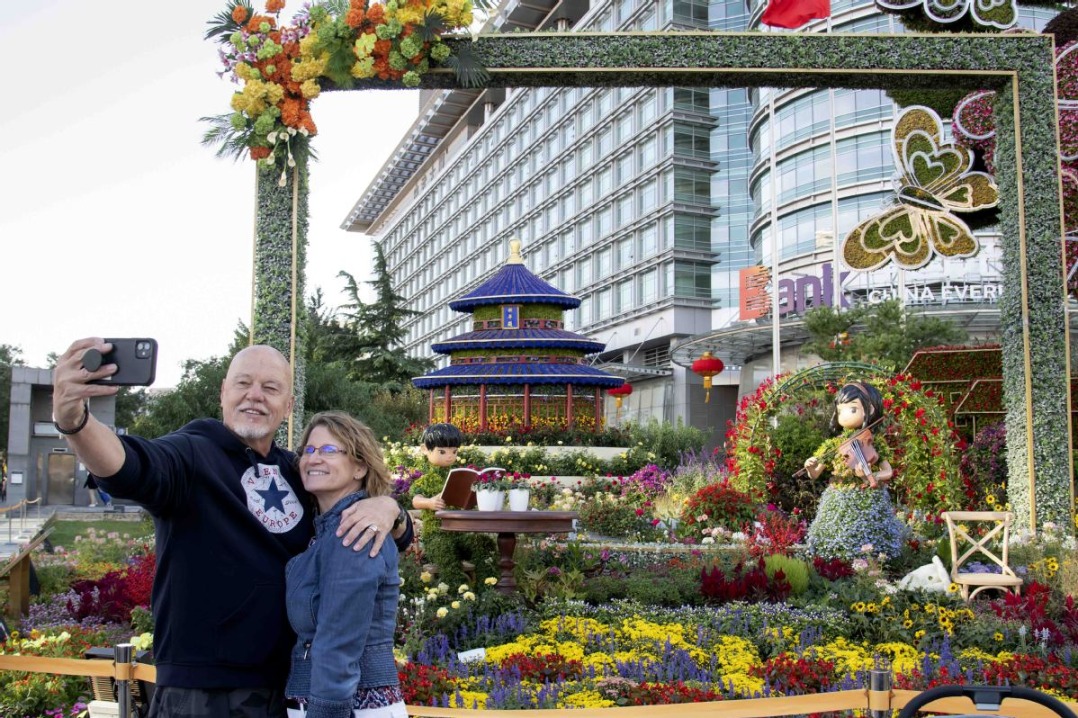Kuliang amity crosses borders, generations
Personal connection uncovers town's entwined histories between China, US


Living in harmony
Kuliang, a summer resort from the late 1800s until 1949, attracted foreigners such as merchants, businesspeople, missionaries and consular officials who lived harmoniously with local residents. At its peak, the small town had 330 villas, with a sanitarium hospital, a post office, grocery stores, a church and a clubhouse equipped with tennis courts and a stone-built swimming pool.
Beneath the lush cedar trees and morning fog shrouding the mountaintop, children enjoyed their childhoods in Kuliang, and deep-rooted friendships blossomed between the local Kuliang residents and the foreign families.
Although Peter initially could not quite remember the specifics of his infancy in Kuliang, with the assistance of a local he eventually located the site of his old family home, the "Skye", originally an island in Scotland where Peter's family came from.
"The same mountains, the same rise in the hill, the same view out toward the (Minjiang) River and then back toward the ocean," Peter said as he remembered the place of his birth and childhood.
Peter's father, Donald MacInnis, first arrived in China in 1939 to teach at a high school in Fuzhou. During World War II, he returned to Fujian with the Flying Tigers — a formidable group of US volunteer fighter pilots who from 1941 to 1942 helped China fight the Japanese invasion.























